This is the Nissan Re-Leaf prototype. It’s a working emergency response vehicle concept, based on a modified version of the pure-electric Leaf hatchback, which the company says could be used to restore temporary power to disaster-stricken settlements.
Nissan claims that, on average, it takes engineers between 24 and 48 hours to restore power to a natural disaster zone. During that time, locals struggle to feed themselves, heat their homes and stay connected to emergency personnel – while those depending on life-supporting medical equipment may never see the town’s power restored.
- SEE MORE Best electric cars to buy 2020
Enter the Nissan Re-Leaf. Like the standard hatchback, it features bi-directional charging, which allows it to both draw from and supply the electricity grid. So, to allow emergency workers to tap into the battery’s electricity, the Re-Leaf features three 230-volt connectors – two waterproof sockets on the car’s exterior and a domestic socket mounted in the boot.
Nissan says that the Leaf’s 62kWh battery pack can be used to power an electric jack hammer, a ventilation fan, an intensive care medical ventilator and a 100 watt LED flood light, all at the same time for 24 hours straight before needing to be recharged. Conversely, the battery can supply the average UK home with electricity for around six days.
To cope with debris-littered roads, Nissan has made few modifications to the Re-Leaf’s chassis, fitting lifted suspension, underbody protection panels and stronger 17-inch alloy wheels wrapped in BF Goodrich all-terrain tyres. The firm’s engineers have also widened the hatchback’s track width to improve stability over off-cambered terrain.
There’s a few cosmetic tweaks too, including roof-mounted strobe lights, mud flaps and a set of flared wheel arches to cover the larger wheels and tyres. The standard Leaf’s rear seats have also been junked in favour of a storage compartment, a pull-out desk and a 32-inch monitor, which Nissan says will turn the Re-Leaf into a communications hub.
What’s more, Nissan’s electric vehicles have already shown their ability to cope with disaster management in the real world. Back in 2011, the northeast coast of Japan was struck by the strongest earthquake ever recorded in the country’s history – leaving 4.8 million households without power.
Medical professionals working at an evacuation centre for the disaster site approached Nissan about the prospect of using the Leaf as an emergency power source. The EV was only three months old at the time – but Nissan supplied 66 examples, which were used to power heaters, lighting and medical equipment.
A similar case occurred in 2019, when Typhoon Faxai caused mass blackouts in Chiba, Japan. The disaster left 340,000 households without power for three days – and, again, Nissan sent a fleet of Leafs to power the community’s lights, fridges and electrical devices.
Click here for our in-depth review of the standard Nissan Leaf...
from Sitewide RSS feed https://bit.ly/3kTgCHF
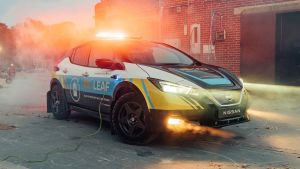

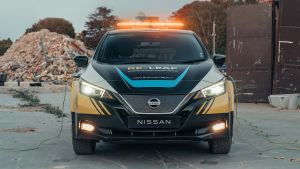
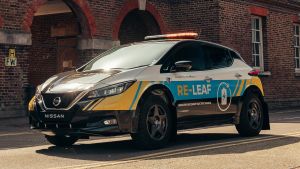
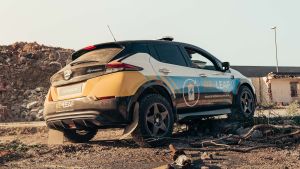
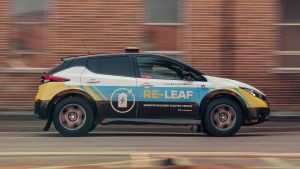
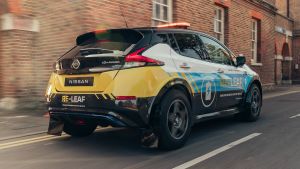
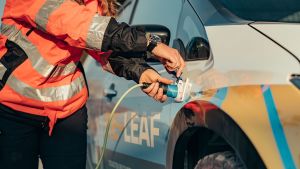

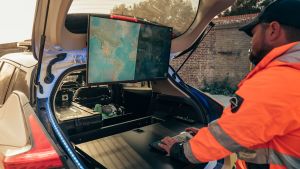
Comments
Post a Comment